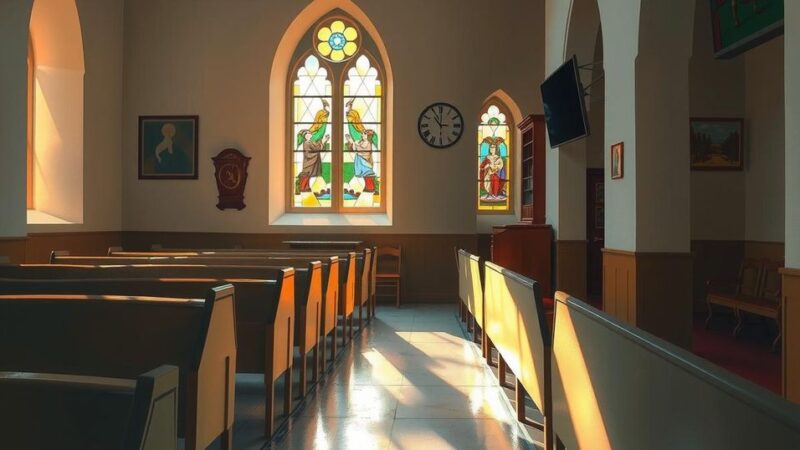Meta’s Project Waterworth aims to build the longest submarine cable to enhance global connectivity while recent developments show that these cables can assist in climate change studies through advanced sensing technologies. SMART and OFS cables equip sensors for environmental monitoring and protection, though regulatory and financial challenges hinder wider adoption. Nevertheless, investing in these technologies is vital for understanding and responding to climate change effectively.
Submarine cables play a significant role in connecting the world, with Meta recently announcing plans for the world’s longest cable, the 50,000-kilometre Project Waterworth, to link five continents and enhance connectivity in countries such as the United States, India, and Brazil. Historically, since the first cable was laid in 1858, these cables have focused on improving global communication, comprising approximately 1.4 million kilometres of cables that transmit data at impressive speeds of up to 300 terabits per second.
Beyond their telecommunications functions, submarine cables are being recognized for their environmental monitoring capabilities. Initiatives like SMART (Scientific Monitoring and Reliable Telecommunications) cables, backed by various international organizations, equip cables with sensors to gather essential oceanic data, aiding in early-warning systems for disasters and tracking climate change efficiently.
OFS (Optical Fibre Sensing) cables serve to safeguard critical infrastructure, detailed by their ability to detect vibrations that may signal physical disturbances, such as fishing activities or ship anchors. Countries like France and Portugal are investing in these advanced cable technologies, supported by the European Commission within broader infrastructure initiatives aiming to bolster climate data collection.
Despite this promise, the adoption of sensing cables remains slow due to concerns regarding outdated regulations, unclear business models, and potential security risks. Experts at the London conference highlighted that current international laws do not adequately cover cables with environmental sensors, complicating the permitting process and presenting financial challenges for investors and operators.
There is a notable need for improved oceanic data collection; information regarding ocean depths, seabed compositions, and temperature changes can significantly benefit various industries, including shipping, energy, and fisheries. Furthermore, greater ocean data will enhance our understanding of climate change, leading to better prevention measures against its effects.
In summary, while the advancement of SMART cables holds promise for climate change adaptation and disaster prevention, significant regulatory and financial challenges must be addressed to facilitate greater adoption. As exemplified by Portugal’s proactive investment, governments must prioritize infrastructure that serves the public good, enriching environmental awareness and data collection initiatives worldwide. The endeavor to integrate environmental sensors into submarine cables is a crucial step towards better understanding and mitigating climate change impacts on our oceans.
Original Source: theconversation.com






